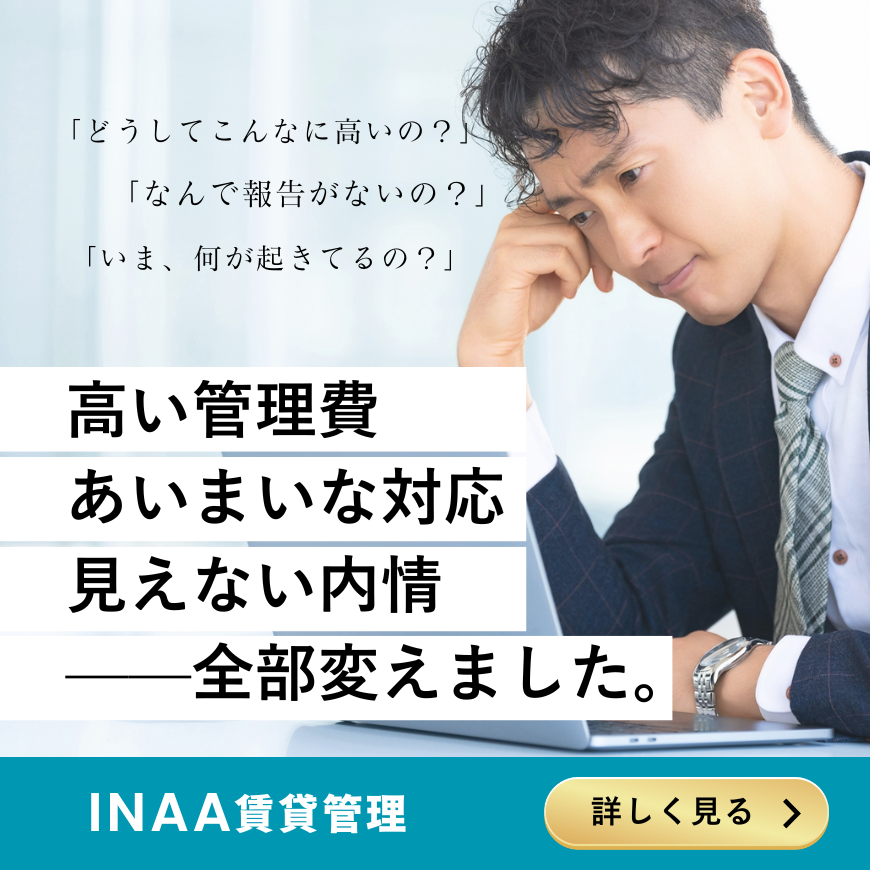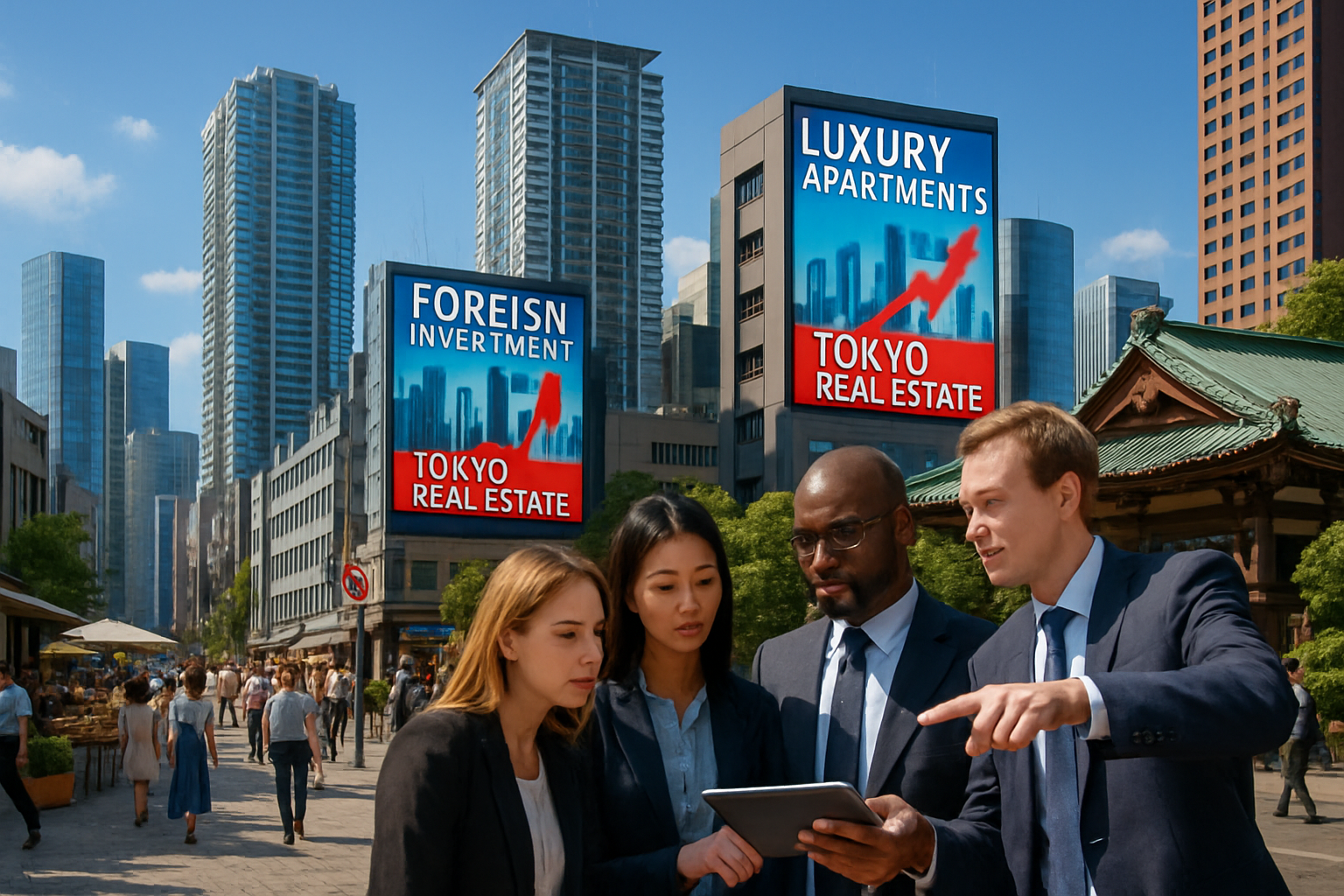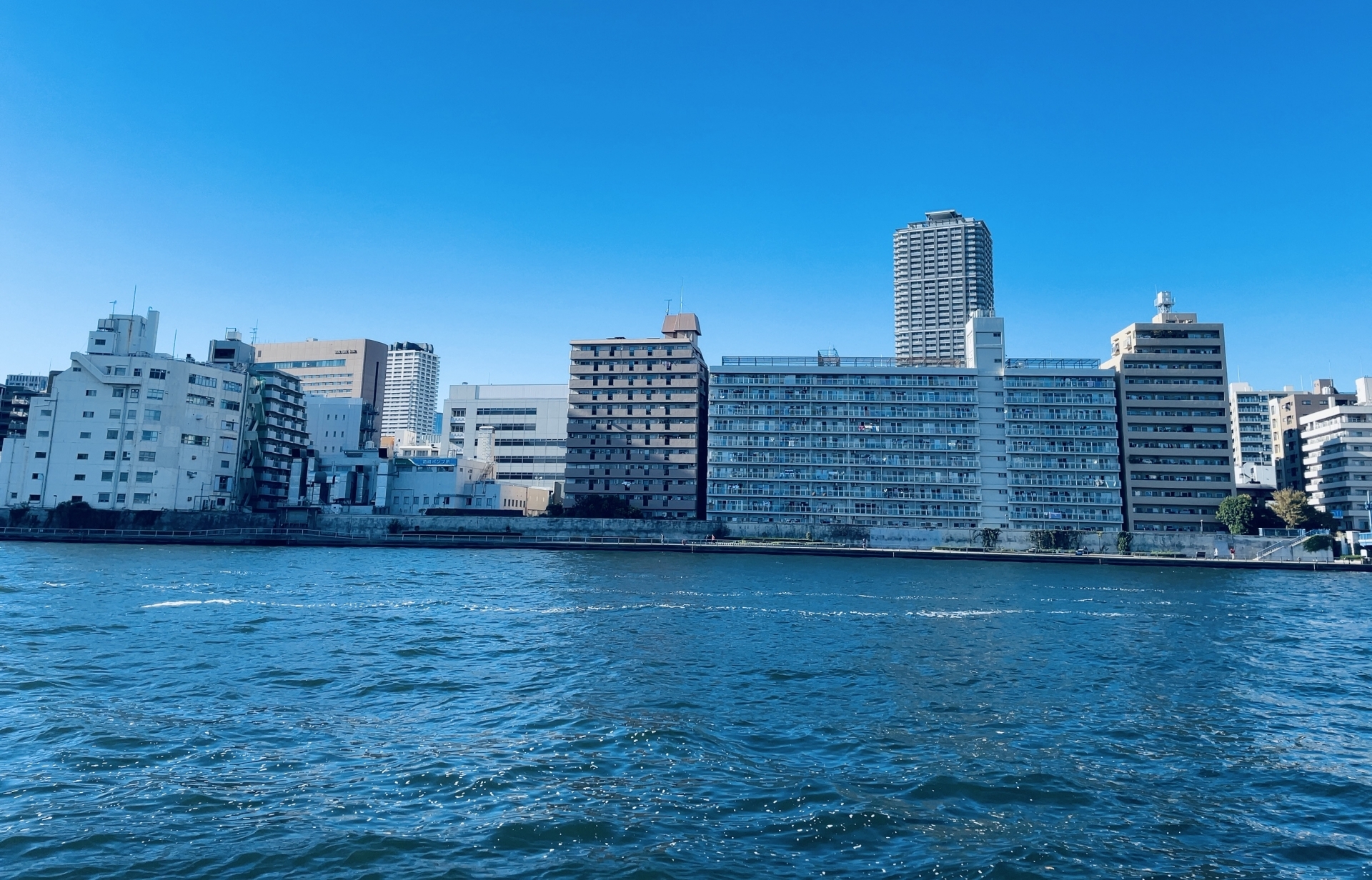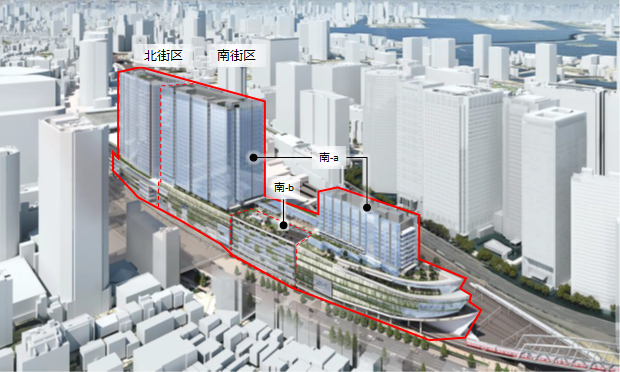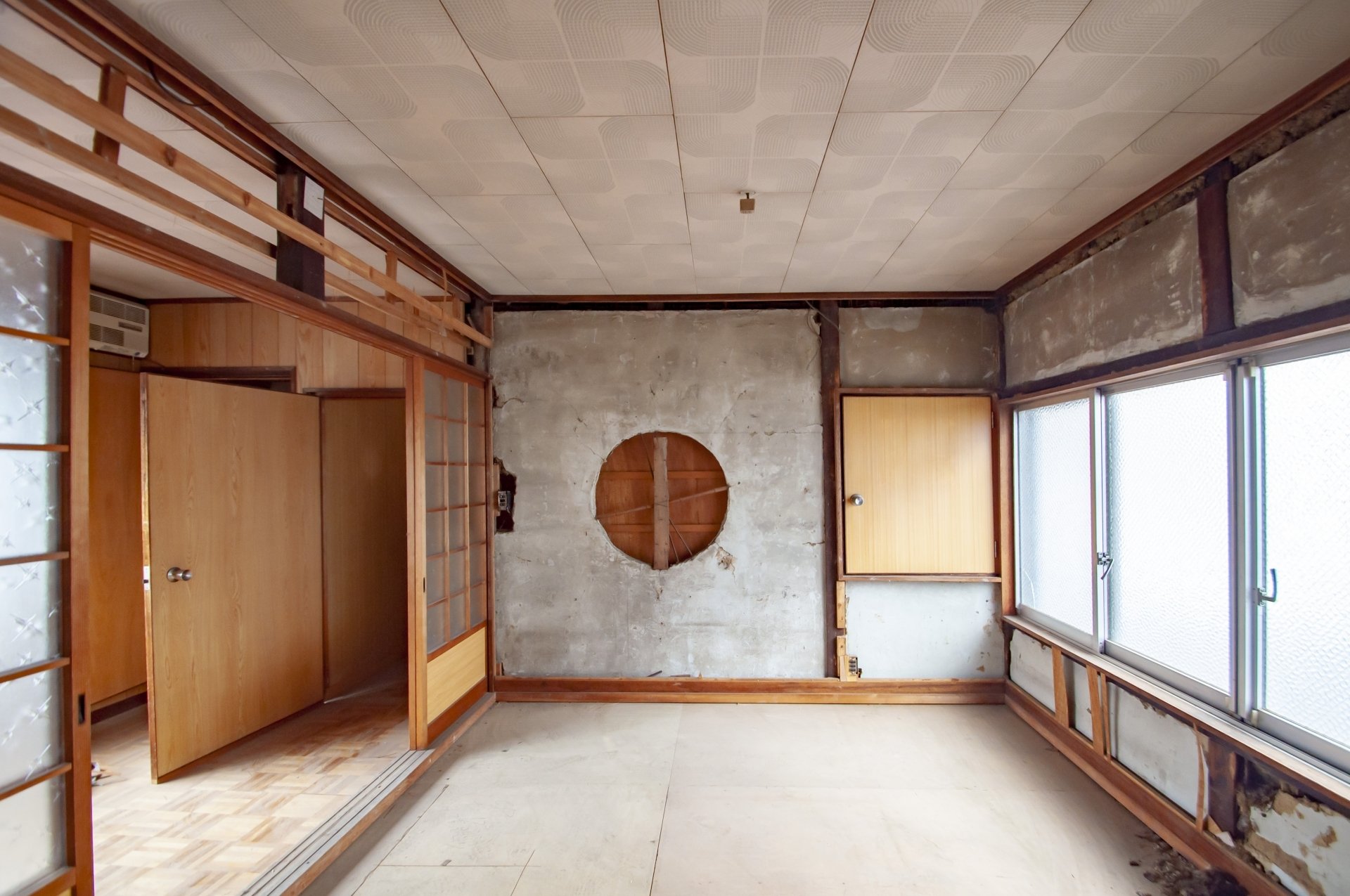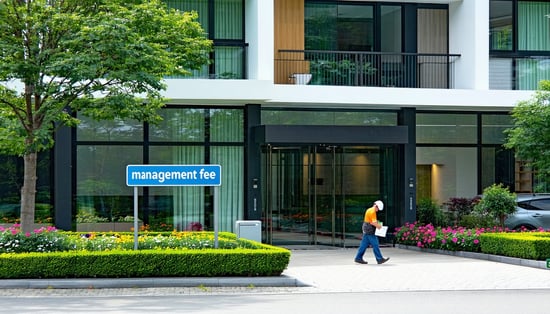Elevators are indispensable to condominiums and office buildings. Ensuring the safety of these facilities, which support daily life and business operations, is of the utmost importance.Elevator inspections are not merely a legal obligation, but an important management task to protect the safety of users and maintain asset value. The types, frequency, and costs of these inspections vary widely, ranging from statutory inspections based on the Building Standard Law to routine maintenance inspections. Establishing an appropriate inspection system reduces the risk of sudden breakdowns and accidents, and also helps control repair costs. This article provides a professional and easy-to-understand explanation of the basics and practical points of elevator inspections that property owners and managers should know.
Types and Frequency of Elevator Inspections
Elevators are important equipment that many people use on a daily basis. To ensure their safety,inspections are required bylaw. There are three main types of elevator inspections, each with a different purpose and frequency.
1. statutory inspection (periodic inspection report)
Statutory inspections based on Article 12, Paragraph 3 of the Building Standard Law are the most important inspections to ensure the safety of elevators. This inspection is also called "Article 12 Inspection" and is required to beconducted once a year. The results of the inspection must be reported to the specified administrative agency (prefectural governor or municipal mayor).
During the statutory inspection, the elevator is inspected for compliance with the standards set by the Minister of Land, Infrastructure, Transport and Tourism, and the overall function of the elevator is confirmed. Failure to perform this inspection is a violation of the Building Standards Law and mayresult ina fine of up to 1,000,000 yen. 2 .
Periodic Inspection (Maintenance Inspection)
The purpose of periodic inspections (maintenance inspections) based on Article 8 of the Building Standard Law is to maintain the performance and safety of elevators. Although the law does not specify a clear frequency, maintenance inspections aregenerally conductedonce every one to three months.
Maintenance inspections include cleaning and inspection of elevators, oil replenishment, and replacement of consumable parts. Unlike statutory inspections, these inspections are not required to be reported to the government, but are extremely important to ensure the daily safety of elevators and to prevent malfunctions.
3) Performance Inspection and Periodic Voluntary Inspection
Performance inspections based on the Industrial Safety and Health Law are performed on elevators with a load capacity of 1 ton or more. Together with periodic voluntary inspections based on the Safety Regulations for Cranes, etc., these inspections are important for ensuring the safety of elevators.
Types of Elevator Maintenance Contracts and How to Choose One
A maintenance contract with a specialized contractor is required to perform elevator maintenance. There are two main types of maintenance contracts, each with different features and costs.
1. FM Contract (Full Maintenance Contract)
An FM contract is a comprehensive contract that includes periodic inspections as well as parts replacement and repair costs. The advantage of this type of contract is thatitis easy to manage budgets, as unexpected breakdowns or parts replacement can be handled at no additional cost.
On the other hand, the monthly cost is relatively high. The monthly cost per elevator ranges from 40,000 yen to 60,000 yen for a manufacturer's elevator and from 30,000 yen to 40,000 yen for an independent elevator. The older the elevator, the higher the cost tends to be.
2) POG Contract (Parts, Oil and Grease Contract)
A POG contract is a contract that includes only periodic inspections and replacement of consumable parts (parts, oil, and grease). Additional costs are incurred each time parts replacement or repairs are needed.
The monthly cost is lower than that of an FM contract, and the market price per elevator is approximately 30,000 yen to 50,000 yen per month for a manufacturer's contract and 15,000 yen to 30,000 yen per month for an independent contractor. Although often chosen wheninitial costs are to be kept low, care should be taken because of the possibility of high repair costs in the event of a sudden breakdown.
Elevator Inspection Cost
The cost of elevator inspection and maintenance varies depending on the type of contract, type of contractor, elevator specifications, and age of the elevator. It is important tounderstand the cost estimates inorder to plan an appropriate budget.
Elevator Inspection and Maintenance Cost Rates
The table below summarizes the cost estimates for each type of elevator maintenance contract.
| Contract Type | Manufacturer (per unit) | Independent specialized contractor (per unit) |
| FM contract (full maintenance) | 40,000 - 60,000 yen/month | 30,000 - 40,000 yen/month |
| POG contract (parts, oil, grease) | 30,000 - 50,000 yen/month | 15,000 - 30,000 yen/month |
Consumption tax is not included in the above amounts.
Costs vary depending on elevator specifications (loading capacity, speed, number of floors it stops) and age of the building.
Costs vary depending on elevator specifications (loading capacity, speed, number of floors it stops) and age of the building.
Major Factors Affecting Costs
The main factors affecting elevator maintenance and inspection costs are as follows
1.Elevator type and specifications: Costs vary depending on the type of elevator, such as passenger, man-loading, or sleeping car. In addition, the higher the load capacity, speed, and number of floors, the higher the cost.
2.Age of the building and the age of the elevator: In general, the older the elevator, the more difficult it is to procure parts, and the higher the risk of failure, the higher the cost. In particular, the cost tends to increase for elevators older than 15 years.
Contract Type: FM contracts have higher monthly costs than POG contracts, but may be more economical in the long run because there are no unexpected repair costs.
4.Inspection frequency: Generally, monthly inspections are the standard, but if the frequency of use is low, it may be possible to reduce costs by changing to once every two to three months.
Types and Contents of Elevator Inspections
The following table summarizes the types, contents, and frequency of elevator inspections.
| Type of Inspection | Legal Basis | Frequency | Main Inspection Contents | Reporting Obligation |
| Legal inspections (periodic inspection reports) |
Building Standard Law Article 12, Paragraph 3 |
Once a year |
Operation status of braking devices |
Yes (Specified administrative agency) |
| Periodic inspection (Maintenance and inspection) |
Building Standard Law Article 8 |
Once every 1 to 3 months (Generally once a month) |
・Cleaning and lubrication of eachpart ・Checking operation of each part ・Checking and replacement of consumable parts ・Checking abnormal noise and vibration ・Checking operation of safety devices |
None |
| Performance inspection (for 1 ton or more) |
Occupational Health and Safety Law | Once a year | Load test ・Check operation of safety devices ・Check electrical system ・Check mechanical strength |
Yes (Labor Standards Inspection Office) |
Inspection records must be kept for at least 3 years.
Elevator Inspection Checkpoints
The following is a list of elevator checkpoints that property owners and managers should check on a daily basis.
| Items to be checked | Checkpoints | Frequency of checks |
| Appearance |
Door open/close status |
Everyday |
| Display and operation panel | ・Check operation of buttons ・Illumination of indicator lamps ・Check operation of emergency intercom |
Once a week |
| Safety devices | ・Check door open running protection device ・Check earthquake controlled operation device ・Check automatic landing device in case of power failure |
Once a month |
| Inspection record | Check the date of inspection ・Check if there are any points to be pointed out ・Check the repair history |
After inspection |
Periodic confirmation of these checkpoints will lead to early detection of defects and prevent major problems. It is also important to be present during periodic inspections by a professional contractor and receive an explanation of the current status, if necessary.
Conclusion
Elevator inspections are not merely a legal obligation, but an important management task that is directly related to ensuring the safety of users and maintaining asset value. The main points of this article are summarized below.
There are three types of elevator inspections: statutory inspections (once a year) based on the Building Standard Law, periodic inspections (once every one to three months), and performance inspections based on the Industrial Safety and Health Law if the load capacity is 1 ton or more. In particular, legal inspections must be reported to the specified administrative agency, and failure to do so may result in a fine of up to 1 million yen.
2.Two types of maintenance contracts are available FM contract (full maintenance) has a high monthly cost but includes the cost of unexpected repairs, making it easy to manage the budget. POG contract (parts, oil, and grease) has a lower monthly cost but incurs additional costs for repairs. Choose the contract type best suited to your property's situation and budget.
3.Contractor selection is important. While manufacturer-affiliated companies have superior technology and parts procurement capabilities, independent specialized contractors have an advantage in terms of cost. It is important to obtain quotes from multiple vendors and compare the balance between service and cost.
4.Daily checks and record keeping Daily checks by the property owner or manager will lead to early detection of defects. In addition, inspection records are required to be kept for at least three years, so be sure to manage them properly.
5.Management Plan from a Long-Term Perspective Elevators generally require major repairs or renewal after 15 to 20 years. In addition to daily inspection and maintenance, a long-term repair plan will prevent unexpectedly high costs.
At INA&Associates, we provide real estate owners with consultation on elevator management. We provide support from a professional perspective, from the selection of appropriate maintenance contractors to the formulation of long-term repair plans. Please feel free to contact us if you have any questions about elevator management. Establishing an appropriate inspection and maintenance system will help ensure both safety and cost optimization.
Frequently Asked Questions
Q1: Who should arrange elevator inspections?
A: The building owner or manager is responsible for arranging elevator inspections. In the case of condominiums, the management association or management company, and in the case of tenant buildings, the owner or management company should make the arrangements. In particular, legal inspections (periodic inspection reports) are required by the Building Standards Law, and failure to do so is subject to penalties, so it is important to clarify who is responsible. If a management contract is in place, the management company will usually coordinate with the inspection company, but it is important to recognize that the ultimate responsibility lies with the building owner.
Q2: Are elevator inspection fees included in the management fee?
A: For condominiums, elevator maintenance and inspection costs are usually included in the management fee. However, if major repairs or replacement of parts become necessary, they are usually paid for out of the repair reserve fund. In the case of rental properties, the owner bears the cost in principle, but in some commercial buildings, the cost is prorated to the tenants as a common service charge. The treatment of monthly fees and unexpected repair expenses differs depending on the contract (FM or POG contract), so we recommend that you check the management agreement or rental agreement.
Q3: Is there a standard time for elevator renewal?
A: The standard service life of an elevator is approximately 20-25 years, but it varies greatly depending on the frequency of use and maintenance conditions. In general, parts supply begins to become difficult after 15 years of installation, and failure frequency tends to increase after 20 years. Criteria for renewal include (1) increased failure frequency, (2) increasing difficulty in parts supply, (3) rising repair costs, and (4) changes in safety standards. For systematic renewal, we recommend that you incorporate this into your long-term repair plan around the 10th year and begin to reserve funds for expenses.
Q4: Do I need to be present during elevator inspections?
A: Although the building administrator is not required to be present during regular periodic inspections (maintenance inspections), we recommend that he or she be present at the beginning and end of the inspection to check the current status and receive a report, if possible. On the other hand, during the annual statutory inspection (periodic inspection report), the building administrator or his/her representative may be required to be present as the inspector from the inspection agency enters the building. In addition, if there are any defects or major repairs are being considered, it is advisable to be present to hear the explanation of the specialist contractor in person.
Q5: What should I do if a defect is found after the inspection?
A: If a defect is found during the inspection, it is important to first review the inspection report to determine its urgency and impact on safety. The report is usually classified into categories such as "needs correction," "needs priority inspection," "needs attention," etc. The "needs correction" items are those that require immediate attention. Items that "need corrective action" require immediate attention, and in the case of FM contracts, repairs will be made according to the contract, but in the case of POG contracts, separate estimates must be obtained and repairs must be requested. While obtaining quotes from multiple contractors will help you ascertain a fair price, prompt response should be prioritized for safety-related defects. Also, be sure to keep a record of the repair history for reference in future repair plans.
Reference Information
More information on elevator inspections can be found on the websites of the following public agencies and industry associations
Laws and Guidelines
1.Building Code - the legal basis for elevator inspections
2.Guidelines for Proper Maintenance and Management of Elevators and Escalators - Maintenance and management guidelines by the Ministry of Land, Infrastructure, Transport and Tourism
3.Elevators (elevators, escalators, etc.) - Safety measures for elevators and escalators by the Ministry of Land, Infrastructure, Transport and Tourism
4.Inspection items, items, methods, and judgment criteria for results of inspections in periodic inspection reports and periodic inspections of elevators and escalators - Notification by the Ministry of Land, Infrastructure, Transport and Tourism
Industry Associations
Japan Elevator Association - The main organization of the elevator industry
Japan Elevator Maintenance Association - Elevator maintenance industry organization
3.Maintenance (for owners and managers) - Information for managers by the Japan Elevator Association
Specialized Information
1.Periodic Elevator Inspections and "Existing Nonconformity " - Technical Standards Explanation by the Ministry of Land, Infrastructure, Transport and Tourism

Daisuke Inazawa
Representative Director of INA&Associates Inc. Based in Osaka, Tokyo, and Kanagawa, he is engaged in real estate sales, leasing, and management. He provides services based on his extensive experience in the real estate industry. Based on the philosophy that “human resources are a company's most important asset,” he places great importance on human resource development. He continues to take on the challenge of creating sustainable corporate value.

.png)
